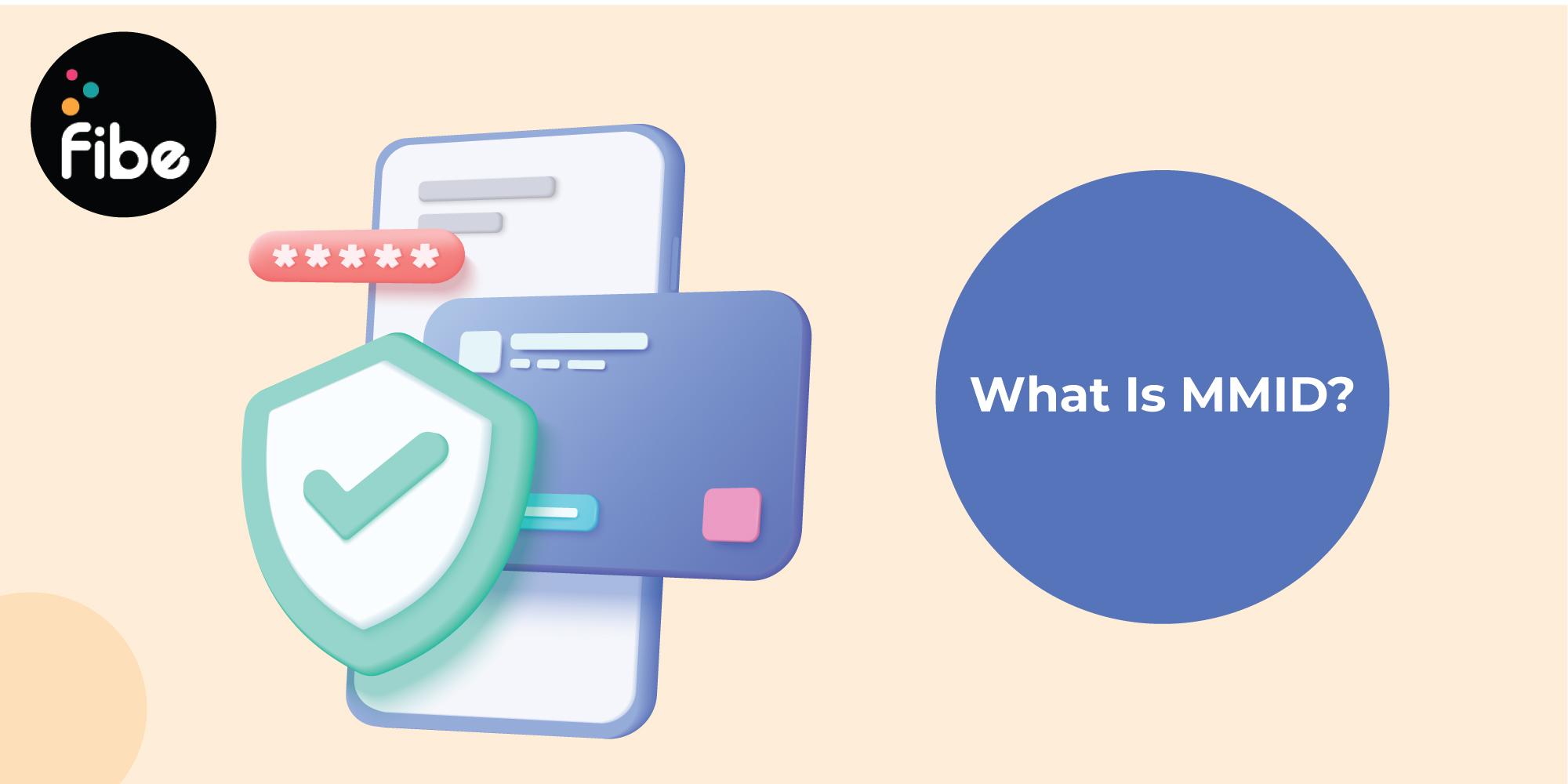What is MMID in Banking? Full Form, Purpose & Access
Reviewed by: Fibe Research Team
- Updated on: 5 Jun 2025
Reviewed by: Fibe Research Team

If you’re wondering how to send money without sharing your account number, MMID is what you need. It’s a simple and secure way to transfer funds using mobile banking. MMID full form is Mobile Money Identifier. It’s a 7-digit unique code linked to your mobile number and bank account.
With this code, you can make instant Immediate Payment Service (IMPS) transfers without needing an account number or IFSC. This is a fund transfer facility offered by the National Payments Corporation of India (NPCI). In a nutshell, MMID means a convenient way to enable real-time mobile transactions.
Read on to know what is MMID in bank, how many digit code is Mobile Money Identifier, its process, benefits, uses and more.
A Mobile Money Identifier number is a 7-digit code that is required to execute IMPS transfers. This is a unique identifier linked to your mobile number. You can make convenient transactions using MMID for mobile banking and make instant fund transfers, bill payments, shopping and more.
Moreover, having MMID replaces the need to have the payee’s details, such as:
Before generating a new MMID, check if one is already assigned. Most banks create it automatically when you activate mobile banking. You can find your MMID number easily by following these steps:
Your MMID will either be displayed on the screen or sent to your registered mobile number. If no MMID is available, you’ll be prompted to generate one.
You can generate MMID quickly using 3 simple methods – mobile banking, net banking or by calling customer care. Here’s a quick look at all 3 options:
Now, let’s look at the steps for each method in detail:
Follow these steps if you want to generate MMID on your phone instantly:
Following these steps, you can also generate MMID on a desktop via net banking:
To generate MMID without internet access, you can follow these steps:
After you have successfully completed the steps, your MMID will be generated and shared on the registered mobile number. Note that you need to call from your registered mobile number.
Know these benefits to understand the meaning of MMID:
Here are the mobile banking steps you can follow when sending funds through MMID:
After verification, all the parties will get an SMS notification to confirm the payment.
Now that you know how to use MMID, here are some facts to know.
Using these points, you can operate the IMPS fund transfer facility on your mobile banking app to send and receive funds. MMID makes fund transfers fast and convenient without the need to visit your nearest bank branch. Similarly, if you need urgent finance to manage your planned or unplanned needs, apply for a Quick Personal Loan.
Get up to ₹5 lakhs with a completely digital process, and enjoy attractive interest rates, quick approval and other benefits. Moreover, you can close your loan anytime without additional fees and charges. So, download our Personal Loan App or register on our website to apply!
You can find your MMID by contacting your bank’s customer support or through mobile banking.
No, the MMID number and IFSC code are different details used to make fund transfers. The MMID code is an option you can use instead of the payee’s account number and IFSC code.
MMID is a 7-digit unique code that allows immediate transfer of funds using IMPS through multiple channels.
To use the MMID code, you must initiate a fund transfer through IMPS on your mobile banking app.